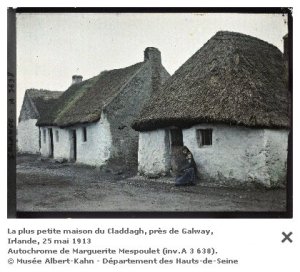We were briefly excited by the news of an alcohol and beer session at the upcoming European Association of Archaeologists conference in September. Here’s the session description with a ‘find and replace’ done. See if you can spot the difference. The original is here.
During the last twenty years the anthropology of formica table top consumption has greatly expanded. Almost at the same time, related archaeological research has gained momentum following seminal works by Sherratt and Dietler. Formica table tops are now well understood as a meaningful embodied artefact and a powerful catalyst of socio-political dynamics of change, integration and exclusion. However, we strongly feel that a systematic approach to the role of formica table tops in past societies is still lacking in many European countries. Previous research on the topic has mainly focused on a narrow range of themes such as colonial encounters, trade, commensality, elite consumption and analysis of table making implements in terms of origin, typology and diffusion. A large array of topics already discussed in mainstream anthropological discourse has been left relatively unexplored. Comprehensive methodological and theoretical reflection is partially missing. The aim of this session is to offer a remedy to the pitfalls identified in current archaeological research by exploring the social role of practices of formica table top consumption in Bronze and Iron Age Europe in the more general framework of ritually formalized food practices. Contributors are welcome to engage with topics which include but are not limited to: – the construction of identity and selfhood via formica table top consumption; – the role of gender, age, rank, religion and ethnicity in determining people’s approach to the table: papers are particularly encouraged to investigate the possible engagement of women, children, non-elite and marginal individuals to table habits; – the interplay between practices of formica table top and solid food consumption at the funeral and in other ritual contexts; – the impact of innovative approaches to the materiality of formica table top production and fruition; – we also wish to investigate the yet scarce, but sometimes very significant, data derived from scientific residue analysis of containers, in order to insert new material into the debate.
So here’s a little competition. Send us your own ‘find and replace’, your snail mail address and the best entry (as judged by me and Billy) will win a copy of Pete Brown’s excellent ‘Three Sheets to the Wind’ and will be re-published here.
Oh, and extra bonus points for the most imaginative definition of ‘materiality’…



